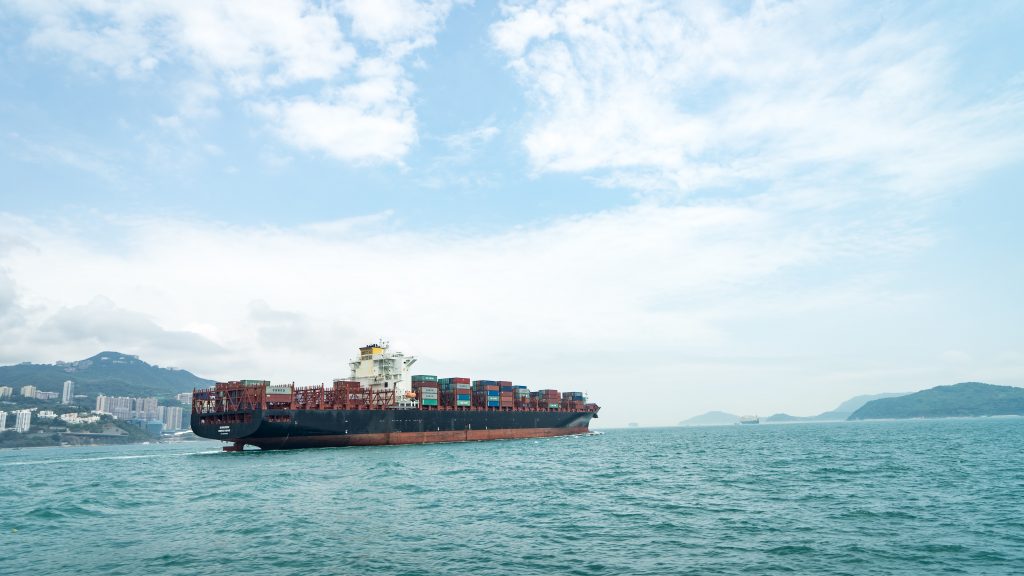Most importers will be familiar with ocean transport for commercial goods in one way or another. Ocean shipping has been a central mode of moving goods throughout the world for centuries! Today, we see an increased reliance on ocean shipping in the advent of the pandemic. Even more so in 2021, as the United Nations Conference on Trade & Development (UNCTAD) has stated they predict ocean trade will likely grow by 5% this year.
According to the Council of Supply Chain Professionals State of Logistics Report: transportation makes up 66% of total logistics costs. This is substantial and making any savings in this area can have a huge impact on the success of the business. In the same report, they state that road freight and trucking is slowing down, after years of: “scarce capacity and increasing rates reversed in favor of shippers.” As such, it is in an opportune time to explore other modes.
Of course, the global trade industry has been navigating a rocky road and there will undoubtedly be changes, as we adapt to a post-pandemic world.
Expanding markets and taking advantage of trade opportunities is difficult without proficiency in maritime shipping!
Below, we’ll be discussing a few tips for importers that are new to ocean transport or want to learn more about this mode in general.
Recommended Viewing:
Import USA: Clearit USA’s Guide to importing by Ocean
Avoid Ocean Traffic Jams
The US is one of the most maritime-connected economies in the world. This may be demonstrated by US ports reaching full capacity in 2020. This situation is expected to continue as consumer goods continue to flow into the US. Importers must find alternative routes into the US in order to avoid these “traffic jams”. The Los Angeles Port is an example of a port that should be avoided going forward.

Prioritize End-to-End Transparency
As we are all consumers ourselves, you may have noticed that consumers now appreciate visibility at every stage of the shipping process. From leaving the warehouse, to freight transit, to delivery accuracy.
Trade professionals now rely on technology, such as a Transportation Management System, to help them get a good view of their operations and improve their order tracking.
Going Intermodal
If done right, leveraging other modes of shipping, like freight and air, can help improve the efficiency of the network. Businesses that do this are looking to remain flexible to market shifts and have other options open in the case of port congestion (or other obstacles).
Going intermodal is a trend across many markets that don’t show any signs of slowing down! As stated in the Global Intermodal Freight Transportation Market report in Research and Markets:
“The Intermodal Freight Transportation Market is expected to register a CAGR of 8.27% over the forecast period from 2020 to 2025.”
—
The CSCMP report concludes with some interesting remarks and recommendations for shippers going forward:
“Supply chains will need to be more flexible to cope with uncertainty. That will result in less emphasis on lean operations and more on optionality and inventory.”
Economically bright times are ahead. The success of a business often lies in its logistics and learning to leverage multiple modes of transport — including ocean — will be an important step towards vitality and growth in 2021.
If you’d like to learn more about partnering with a customs consultant to assess your supply chain or a broker to help you move goods into the US, click here to get started.






